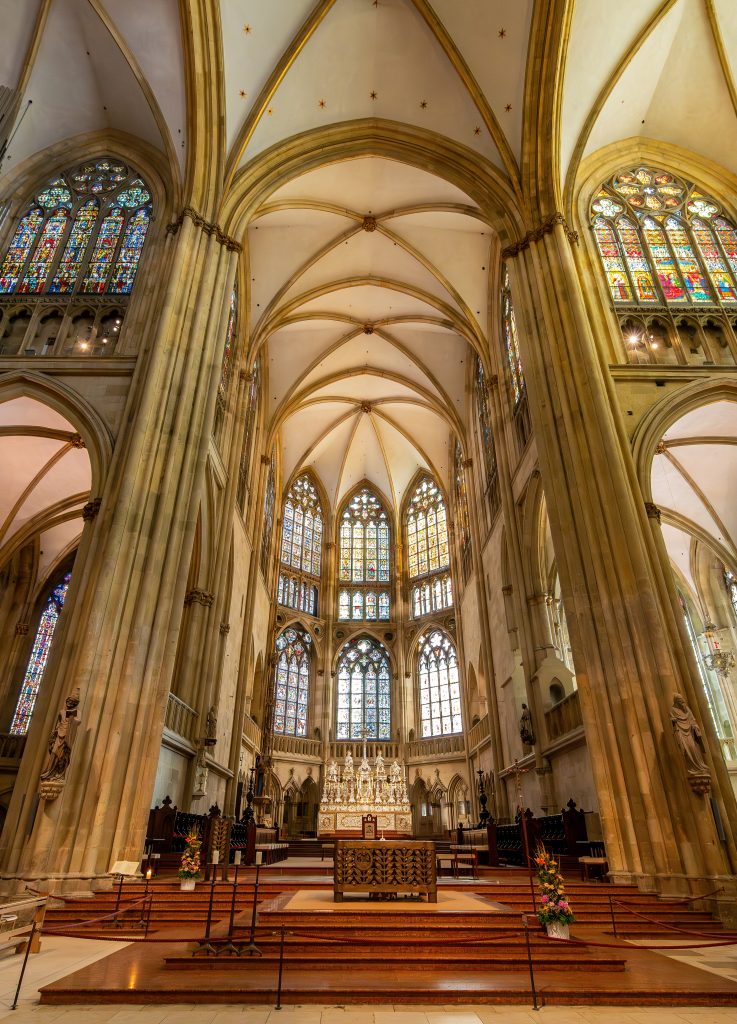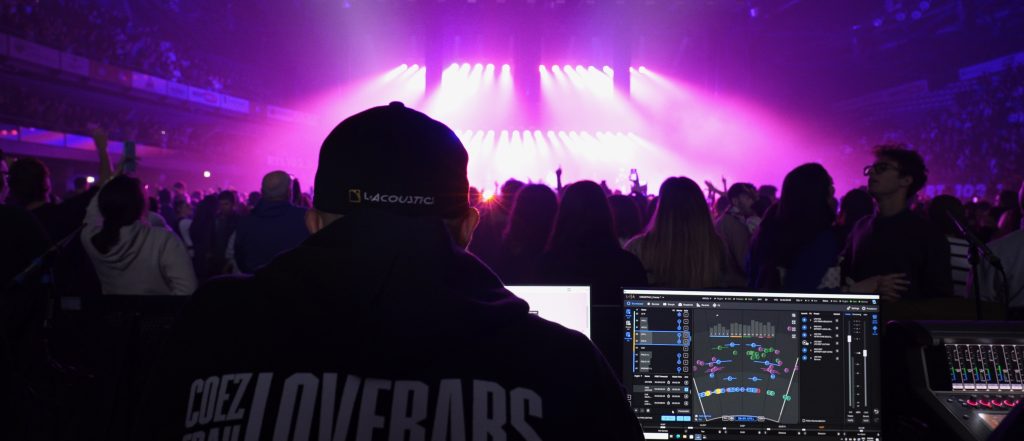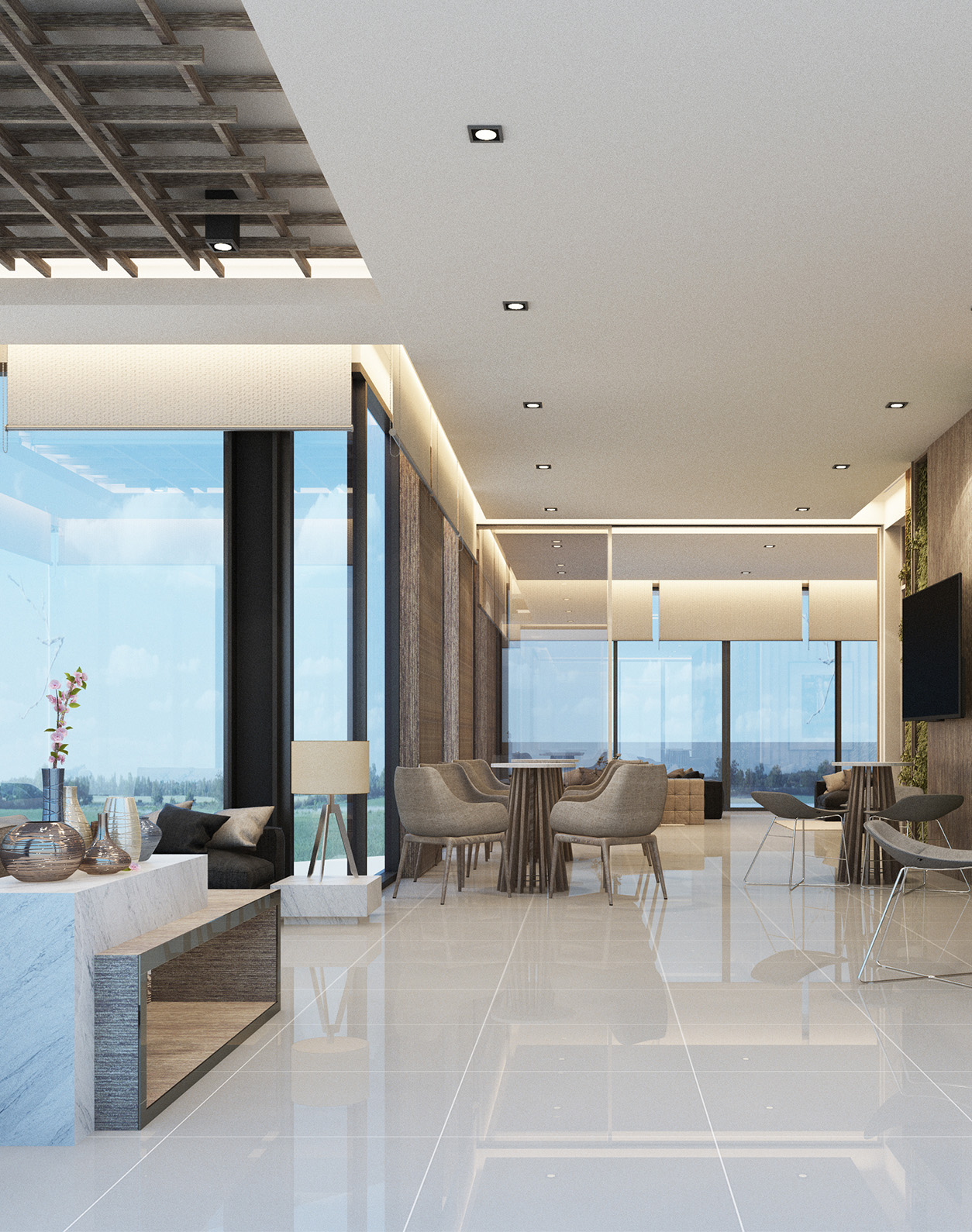Article
From Immersive to Mono and Back The Evolution of Sound and Music in Venues and Formats

Sound and music have always been deeply intertwined with the spaces they inhabit. From the earliest human-made rhythms traversing across the vast savanna to the soul-stirring melodies reverberating through Gothic cathedrals, music’s evolution has been profoundly shaped by its environment. David Byrne’s ideas in his TED talk, “How Architecture Helped Music Evolve“, offer a great perspective on the relationship between music and environment, explaining how the design of spaces has influenced the creation and evolution of music. We expand on these concepts as they have influenced the creation and evolution of music.

The Acoustic Roots: From the Savanna to Sacred Spaces
Imagine the open spaces of the African savanna, a place where humans have created music for millennia. In this non-reverberant environment with the absence of echo, sound dissipated quickly. This led to the development of high-tempo, percussive rhythms that could travel across distances, and each sound is distinct and clear.
By contrast, the gothic cathedral’s long reverberation inspired very different experiences. Here, music was no longer about immediate communication; it became an immersive experience designed to fill the space and resonate with the listener. The architecture of these sacred spaces shaped the music, leading to the development of choral works that could take full advantage of the lingering echoes and ultimately the spiritual atmosphere of cathedrals.
Cathedrals, with their towering ceilings and stone walls, were not just places of worship. They were integral to the development of Western Classical music. The architecture dictated the kind of music that could be performed within them, favoring slow, harmonious sounds that could reverberate and create a sense of awe and reverence among the congregation. Music was written specifically for the venue where it was to be performed. This symbiotic relationship between music and architecture is proof of how deeply intertwined these two forms of art have always been.
The Age of Reproduction: The Rise of Mono and the Constraints of Technology
The narrative of music took a dramatic turn in the last 150 years with the advent of sound reproduction technologies. The invention of the phonograph and other technologies in the late 19th century marked the beginning of a new era where music was no longer confined to live performances in specific venues. However, this technological revolution came with its own set of constraints. The monophonic format, which dominated for nearly a century, posed significant challenges for artists and composers. Unlike the rich, immersive soundscapes of cathedrals or concert halls, mono sound trapped music in a narrow tunnel, stripping it of its depth and vibrancy.
In this era, music had to be adapted to the limitations of the recording medium. Artists could no longer rely on the acoustics of a venue to shape their sound; instead, they had to work within the confines of the mono format. This often meant simplifying arrangements, focusing on clarity and precision, and ensuring that all elements of a composition could be clearly heard in a single channel. The mono era, while revolutionary in making music accessible to the masses, also represented a period of constraint where the full potential of sound was not yet realized.

A New Renaissance: The Return to Immersive Sound
Advancements in technology that have reignited the possibility of creating immersive sound experiences. The development of stereo and surround sound, and more recently, 3D audio technologies, has liberated artists from the constraints of mono. Today, musicians can once again explore the boundless auditory realms that were once the domain of vast architectural spaces.
This technological renaissance allows for a return to the immersive qualities of sound that were lost in the mono era. Artists now have the tools to create music that can envelop you, the listener, creating a sense of space and depth that mimics the experience of being in a grand cathedral or concert hall, yet without the temporal restrictions. The soundscape can be more complex, and instruments can retain more of their tonal response and dynamic range. The possibilities are virtually limitless, with modern technology enabling composers to craft intricate soundscapes that can transport you entirely to new auditory worlds.
The venue’s evolution is crucial. Music is once again becoming an immersive experience, much like it was in the cathedrals of old. The architecture of music is no longer just about the physical spaces in which it is performed; it now includes the enhanced spaces created by modern audio technologies. These advancements are not just a return to the past but a step forward, offering new ways for artists to connect with their audiences and for listeners to experience music in more profound and engaging ways. Most critically, it is important to create new works specifically for the medium.
The Endless Symphony of Sound and Space
The evolution of music and sound is a powerful reminder of the enduring relationship between art and the environment. From the open savanna to the echoing cathedrals, and through the era of mono and back to immersive soundscapes, music has always been shaped by the spaces it inhabits. As technology advances, we are witnessing the birth of new forms of auditory expression that promise to push the boundaries of what music can be. This ongoing journey, from immersive to mono and back, is a reminder that the relationship between sound and space is not static but constantly evolving, offering endless possibilities for the future of music. What new auditory worlds will we create, and how will they shape the music of the future?
More from L-Acoustics
Technologies, solutions, news, and stories related to this article.


